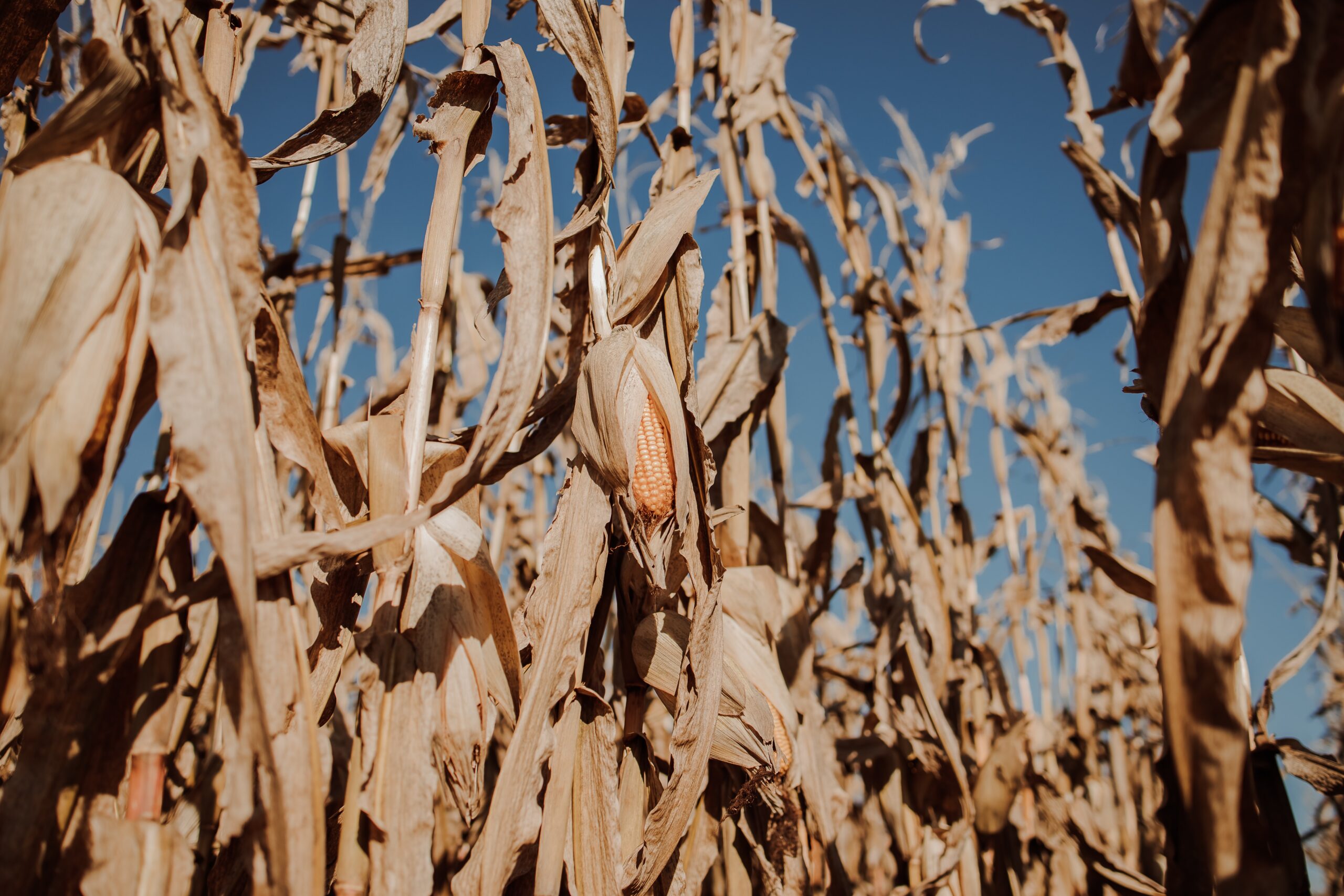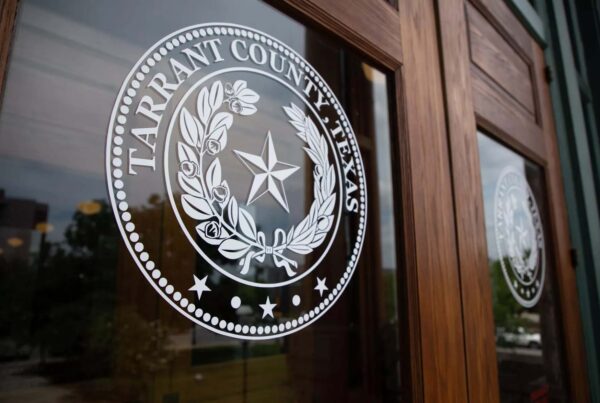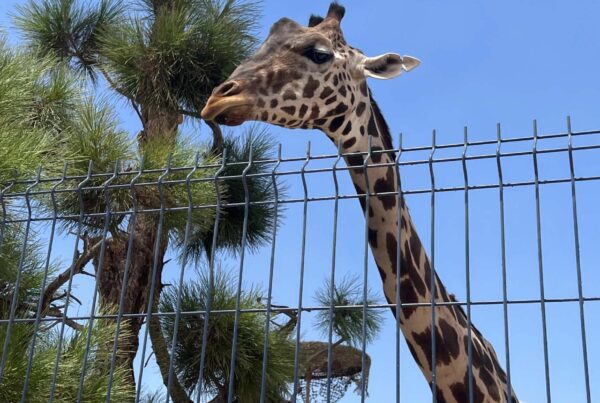Eight times a year, the Federal Reserve releases what it calls the Beige Book, a collection of data about the current state of the economy. Unlike most economic reports, it’s not filled with numbers and statistics or dense economic jargon.
Instead, economists with regional Federal Reserve banks conduct interviews, send out questionnaires and talk with community organizations about what they’re actually seeing on the ground.
Texas Standard producer and reporter Sean Saldana joined the show to talk about what the most recent Dallas Federal Reserve entry says about the state’s economy. Listen to the interview above or read the transcript below.
This transcript has been edited lightly for clarity:
Texas Standard: So this gives us a brief overview of the Texas economy at the moment. Where do you want to start? Prices, perhaps?
Sean Saldana: Yes, the abstract concept of price.
So obviously, as consumers, we are facing high inflation: 3% right now. But according to a survey from the Dallas Federal Reserve, this also applies to businesses.
A number of business executives around the state expect their input costs – this is the money it costs to run a business – to go up by around 5% on the year. Now, often businesses will pass these price increases on to U.S. customers because, you know, we still have to buy gas and groceries – but they’re finding it harder and harder to do that because right now, a lot of Texans are very price sensitive, cutting back on certain items. So a lot of businesses are in this sort of tough spot at the moment because their prices are going up, but they’re having a hard time passing those along to us penny-pinching customers.
And so by the end of the year, many Texas businesses are expecting to raise their prices by around 3%, which means we might not even get the full cost of inflation passed on to us customers.
» RELATED: Texas business owners feeling the impacts of a slowing economy
So we’ve talked a bit about businesses, a bit about their customers… What about workers? How are they doing at the moment?
They’re doing okay.
The top line finding here is that Texas businesses are still largely looking to hire employees. A big thing to remember here is that we are still coming off what many called “the Great Resignation,” which was roughly the period from 2021 to 2022 where workers across the country were quitting their old jobs for new ones with higher pay in better working conditions. That big movement creating a lot of vacancies.
Then there’s also the fact that Texas is a massive state that is seemingly always adding jobs. So here I’m going to list off some of the industries the Dallas Fed says are hiring and you tell me if there are any big surprise: Health care, trucking, oilfield services and auto repair. That sound right to you?
Well, to be honest, no real surprises to me. I mean, those are some of the businesses – jobs – that I think would be on my list, that’s for sure.
Yeah. So anyone out there interested in a career change, there are opportunities, according to the Dallas Federal Reserve. And so last week they put out an employment forecast for the state. And according to their estimates, Texas is expected to employ a little over 14 million people by the end of the year. So they’re hiring.
Food and fiber system, part of the economy related to agriculture, makes up around 9% of the Texas economy, which is huge. How’s that part of Texas looking?
As you mentioned, food and agriculture, it’s a $160 billion part of the state’s economy every year. And the main finding around agriculture in the Beige Book is that it has been hit very hard by the historic heat we’ve experienced this summer.
So according to the Dallas Fed, a big portion of the region has “entered or reentered” a drought since the last time they collected data back in August. This is something I talked about with economist and frequent Texas Standard guest Ray Perryman.
Ray Perryman: “The biggest impact has been on agriculture, because obviously when you have heat, when you have drought, that affects crops, it affects livestock, it affects the viability of the industry because of the impact it can have on land values.”
Back in July, Perryman’s company, The Perryman Group, put out some research suggesting that this heat we’ve experienced could bring agriculture production down by about five and a half percent on the year. A lot of this due to the fact the sun and the temperatures are just scorching a lot of crops in the field.
If you’ve ever had a backyard garden or houseplants that have been destroyed by the sunlight and heat during the summer, that is basically the same thing that’s happening with Texas agriculture right now.
» RELATED: Prolonged extreme heat may cost the state $9.5 billion, economist says
Ray Perryman: “Literally, the heat we saw this summer, which was really just killing plants in the field in a way that we haven’t haven’t seen before this. The measures we did were all above the normal Texas number, you know, because the Texas numbers are always pretty brutal. But this one has been kind of off the charts.”
The heat has especially hit row crops hard, which is basically any crop that grows in a row – potatoes, vegetables, tomatoes, things that you might have in a backyard garden. And one crop that’s especially been hit hard, according to the Dallas Fed, is cotton, which is in “very poor condition.” And it’s gotten so bad that a lot of farmers are expected to abandon their crop, which is where you don’t even bother to pull it out of the ground.















